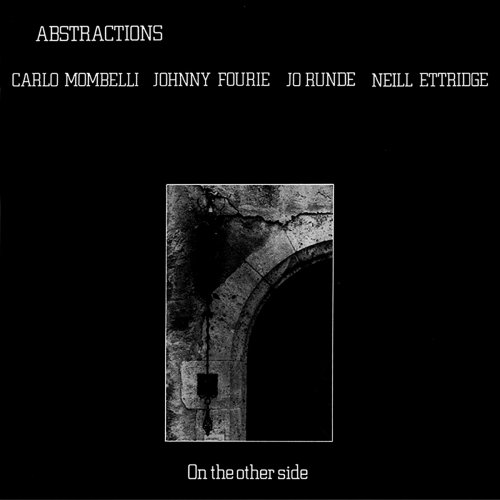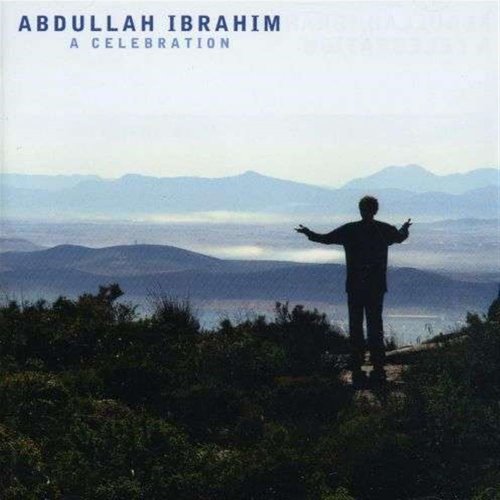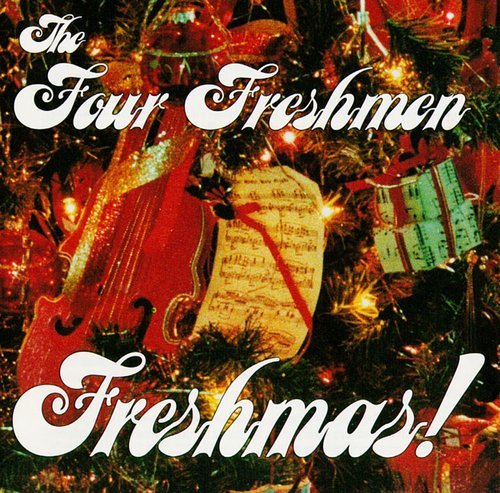L'Arpeggiata & Christina Pluhar - Stefano Landi - Homo Fugit Velut Umbra (2003)
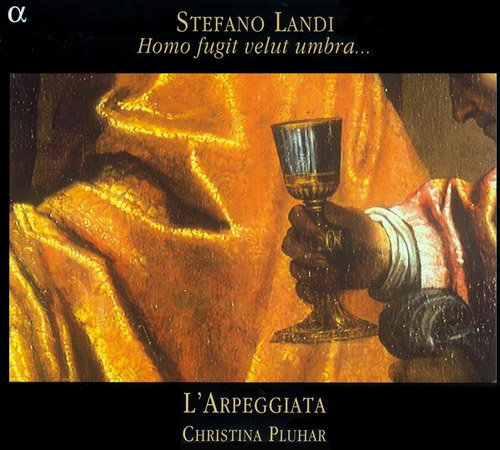
Artist: L'Arpeggiata & Christina Pluhar
Title: Stefano Landi - Homo Fugit Velut Umbra
Year Of Release: 2002
Label: Alpha Productions
Genre: Classical
Quality: FLAC (image+.cue,log,scans)
Total Time: 54:37
Total Size: 283 Mb
WebSite: Album Preview
Tracklist: Title: Stefano Landi - Homo Fugit Velut Umbra
Year Of Release: 2002
Label: Alpha Productions
Genre: Classical
Quality: FLAC (image+.cue,log,scans)
Total Time: 54:37
Total Size: 283 Mb
WebSite: Album Preview
01. Homo fugit velut umbra [00:04:12]
02. Augellin [00:05:03]
03. Sinfonia [00:03:26]
04. Invan lusinghi [00:02:11]
05. Altri amor fugga [00:03:45]
06. Canzona detta La Pozza [00:03:24]
07. T'amai gran tempo [00:05:54]
08. A che piu l'arco tendere [00:03:43]
09. Alla guerra d'amor [00:03:12]
10. Balletto delle Virtu [00:01:47]
11. Canta la cicaleta [00:05:22]
12. Dirindin [00:01:17]
13. Quando Rinaldo [00:04:47]
14. Quest' Acqua [00:03:41]
15. Amarilli, deh! vieni [00:02:46]
Performers:
L'Arpeggiata
Christina Pluhar, direction
Stefano Landi (1586-1639) was a Roman by birth and early training. He would have grown up in the musical culture of Southern Italy, somewhat isolated from the Franco-Flemish polyphony of the late Renaissance that dominated most of Europe. Landi went north, however, to Padua and Venice, where he acquired all the forms of the Second Practice associated with Monteverdi, the forms of monody and of composition with basso continuo. Interestingly, Monteverdi himself had probably turned to southern Italy for inspiration in his ritornellos and "stubborn" (ostinato) basses. Crossed paths of development, huh? Landi is best known now for his superb 'sacred' opera L'Alessio, the tale of the Saint who hid under the stairs, the first known opera to thoroughly synthesize monody and polyphony. L'Alessio has been superbly performed and recorded on a DVD.
The 14 compositions on this CD from L'Argeggiata represent a radically different Landi, the Roman and Southern popularist with a bent for the improvisatory styles of the previous century. I'd be surprised if "you' aren't surprised by the exuberance of this music, and by how 'folksy' it sounds. Andalusian! Caribbean! There are tarantellas and passacaglias. "Passa calle", get it? Music for dancing through the streets? The frenzied dances supposedly borrowed from the Canary Islanders. The sexually-charged lyrics of Renaissance chansons and villancicos, energized by percussion and by florid improvisation on guitars of various sizes, lutes of even more various sizes, harp, psalterion (hammered dulcimer), assorted bowed strings, and cornettos. The cornettist William Dongois blows up a tempest of diminutions with a freedom of phrasing that surpasses even Jean Tubery. The comparison of Early Music to jazz has been around the block and back by now, but perhaps it's worth one more repetition. Late Renaissance improv, like be-bop era jazz, was not chaotic; it was based on a familiar idiom, not played from the page but assembled from memory/memories, stretched at times, condensed at times, mostly new riffs on old themes, restlessly anti-classical in the sense that the composer got subsumed in the musical personality of the performer.
And how appropriate that the CD title-track - Homo fugit velut umbra - is the only piece not composed by Stefano Landi. It's an anonymous tarantella, also titled "Passacaglia della Vita", vibrant with syncopations, which seems to echo from some rollicking street festival of southern Italy or Spain yet which could be played today on the plaza of Santi Spiritu, Cuba, without sounding like a museum piece.
This is an easy selection for the "Giordano's Pick o' the Month" CD for December 2009. My recommendation extends to listeners who ordinarily shun Early Music as being too stately and serious. Listen to the samples; it's infectious, high-spirited stuff.
The 14 compositions on this CD from L'Argeggiata represent a radically different Landi, the Roman and Southern popularist with a bent for the improvisatory styles of the previous century. I'd be surprised if "you' aren't surprised by the exuberance of this music, and by how 'folksy' it sounds. Andalusian! Caribbean! There are tarantellas and passacaglias. "Passa calle", get it? Music for dancing through the streets? The frenzied dances supposedly borrowed from the Canary Islanders. The sexually-charged lyrics of Renaissance chansons and villancicos, energized by percussion and by florid improvisation on guitars of various sizes, lutes of even more various sizes, harp, psalterion (hammered dulcimer), assorted bowed strings, and cornettos. The cornettist William Dongois blows up a tempest of diminutions with a freedom of phrasing that surpasses even Jean Tubery. The comparison of Early Music to jazz has been around the block and back by now, but perhaps it's worth one more repetition. Late Renaissance improv, like be-bop era jazz, was not chaotic; it was based on a familiar idiom, not played from the page but assembled from memory/memories, stretched at times, condensed at times, mostly new riffs on old themes, restlessly anti-classical in the sense that the composer got subsumed in the musical personality of the performer.
And how appropriate that the CD title-track - Homo fugit velut umbra - is the only piece not composed by Stefano Landi. It's an anonymous tarantella, also titled "Passacaglia della Vita", vibrant with syncopations, which seems to echo from some rollicking street festival of southern Italy or Spain yet which could be played today on the plaza of Santi Spiritu, Cuba, without sounding like a museum piece.
This is an easy selection for the "Giordano's Pick o' the Month" CD for December 2009. My recommendation extends to listeners who ordinarily shun Early Music as being too stately and serious. Listen to the samples; it's infectious, high-spirited stuff.

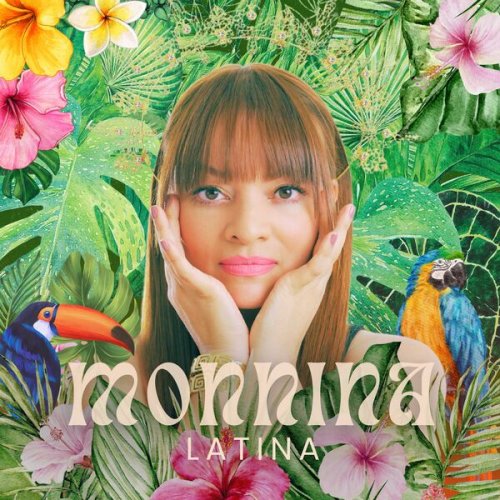
![The Mood Mosaic - Feelin' Funky! (2025) [Hi-Res] The Mood Mosaic - Feelin' Funky! (2025) [Hi-Res]](https://www.dibpic.com/uploads/posts/2025-12/1766822228_smv6og19mj83k_600.jpg)

![Limotges - The Burt Bacharach Songbook (2025) [Hi-Res] Limotges - The Burt Bacharach Songbook (2025) [Hi-Res]](https://www.dibpic.com/uploads/posts/2025-12/1766823472_l6enc3v4rcqoc_600.jpg)
